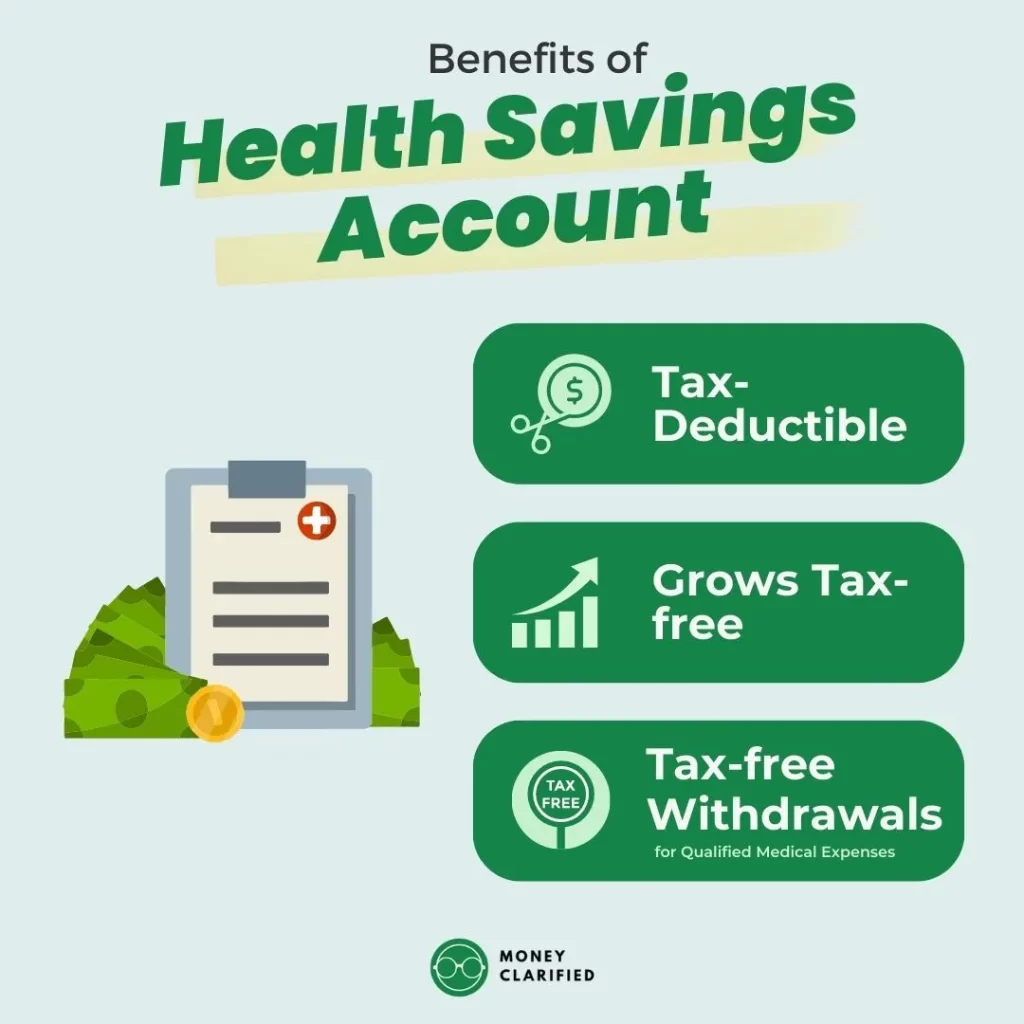This post may contain affiliate links. We may receive compensation when you click on links to those products at no additional cost to you. Read our full disclosure here.
If you’re like most people, you work hard to earn your monthly salary. But what do you do with it once you get paid? Do you spend it all on bills, groceries, and entertainment? Or do you save some of it for a rainy day? Or do you invest it in something that can grow your wealth over time?
In this article, we’ll show you where and how to invest your monthly salary, depending on your risk tolerance, time horizon, and objectives. We’ll also explain the benefits of investing your money and how it can help you reach your financial dreams.
Key Takeaways:
- Investing your monthly salary can help you achieve short-term and long-term financial goals, protect you from inflation, increase your income, and diversify your assets.
- Building an emergency fund and paying off high-interest debt should be your first priorities when investing your monthly salary.
- Contributing to an employer-sponsored retirement plan like the 401(k), investing in a Roth IRA, a high-yield savings account, and real estate are other ways to invest your monthly salary.
- Opening a brokerage account allows you to buy and sell securities through a broker with full autonomy, and budgeting is the first step to investing.
Why Invest Your Monthly Salary?
Investing your monthly salary is crucial if you want to achieve financial stability and independence. By investing, you can grow your wealth and secure your future.
Investing also allows you to take advantage of compound interest, which means that your money can grow over time. Additionally, investing can help you beat inflation, which can erode the value of your money over time if nothing is done.
Where to Invest Your Monthly Salary
1. An Emergency Fund
Building an emergency fund should be your first priority when investing your monthly salary if you don’t already have one.
An emergency fund is a reserve of money that you can use to cover unexpected expenses, such as medical bills, car repairs, or job loss.
Ideally, your emergency fund should be able to cover at least 3-6 months of your living expenses. A Bankrate survey found that 68% of people are worried they wouldn’t be able to cover their living expenses for just one month if they lost their primary source of income!
2. Pay off High-Interest Debt
If you have high-interest debt, such as credit card debt, it’s essential to pay it off before you start investing.
High-interest debt can accumulate quickly as interest can go as high as 20-30%, and it can be challenging to get out of debt once you’re in it. By paying off your high-interest debt, you are earning a “guaranteed” return in the sense that you’re not accruing more interest.
Once you’ve paid off your high-interest debt, you can free up money to invest and improve your credit score.
3. Invest in Your Employer-Sponsored Retirement Plan
One of the best ways to invest your monthly salary is to contribute to an employer-sponsored retirement plan like the 401(k). A 401(k) allows you to invest your money in a tax-deferred account, which means you do not have to pay taxes on the money you contribute until you withdraw it.
Furthermore, many employers offer matching contributions, which means that for every dollar you contribute, your employer will also contribute a dollar, up to a certain percentage of your salary. This is “free” money and a guaranteed 100% return on your investment by just contributing, and you should take advantage of it.
4. Invest in a Roth IRA
Another way to invest your monthly salary is to contribute to a Roth IRA. A Roth IRA is a retirement account that allows you to invest your money in a tax-free account. This means that while you are contributing after-tax money, you do not have to pay taxes on the money you withdraw in retirement.
Furthermore, unlike a 401(k), you can withdraw your contributions at any time without penalty. However, you cannot withdraw your earnings until you reach the age of 59 and a half to not incur a 10% penalty and taxes.
5. Invest in a High-yield Savings Account
If you are looking for a safe and secure investment option, then a high-yield savings account is a good option. A high-yield savings account offers a higher interest rate than a regular savings account, which means that you can earn more money on your savings.
Furthermore, be sure to check and make sure that the high-yield savings accounts are FDIC insured, which means that your money is protected up to $250,000 in case the bank fails.

7. Consider a Health Savings Account

If you have a high-deductible health plan, you may be eligible for a health savings account (HSA).
An HSA is a triple tax-advantaged account that you can use to pay for qualified medical expenses tax-free and penalty-free. Contributions are tax-deductible as well!
It can also serve as a retirement account, as you can withdraw funds penalty-free after age 65 for non-medical expenses. You’ll still have to pay taxes on earnings for non-medical expenses.
8. Invest in Real Estate
Investing in real estate can be an excellent way to diversify your portfolio and generate passive income.
You can invest in real estate through rental properties, real estate investment trusts (REITs), or real estate crowdfunding platforms.
However, a big thing to note is investing in real estate typically requires significant upfront capital and ongoing maintenance unless you’re investing in a fund.
Read more about How to Get Started in Real Estate Investing here.
9. Open a Brokerage Account
If you want to invest in stocks, bonds, or mutual funds with more flexibility, you can open a brokerage account. A brokerage account allows you to buy and sell securities through a broker with full autonomy.
The main benefit with a brokerage account is the flexibility to access your funds without a penalty. Retirement accounts typically have rules for withdrawal before a certain age.
You can choose between a full-service broker, who provides personalized investment advice, or a discount broker, who offers lower fees but limited advice.
How to Invest Your Monthly Salary
Step 1: Budget
Before you invest anything, you need to know how much money you have and where it goes. That’s why budgeting is the first step to investing.
A budget is a plan that shows your income and expenses and helps you track your spending habits.
By budgeting, you can see how much money you can afford to invest each month and also identify areas where you can save more.
Step 2: Define Your Investment Goals
Next, you need to have a clear idea of why you want to invest and what you hope to achieve. Your investment goals should be specific, measurable, achievable, realistic, and time-bound (SMART).
For example, you might want to save for a down payment on a house in five years, or retire comfortably at 65. Having SMART goals will help you choose the right investment strategy and stay motivated.
Step 3: Consider Your Risk Tolerance
Another important factor to consider is your risk tolerance. This is how much risk you are willing to take with your money in exchange for higher returns.
Generally, the higher the risk, the higher the potential return, but also the higher the chance of losing money.
Your risk tolerance depends on your age, income, financial situation, personality, and investment goals. You should invest in a way that matches your risk tolerance and allows you to sleep well at night.
Step 4: Pick What to Invest In
Once you have a budget, goals, and risk tolerance in mind, you can start looking for investment options that suit your needs.
There are many different types of investments, such as stocks, bonds, mutual funds, exchange-traded funds (ETFs), real estate investment trusts (REITs), etc.
Each one has its own advantages and disadvantages, and requires different levels of knowledge and skills. You should do your research and learn about the pros and cons of each option before investing.
Step 5: Diversify Your Investments
One of the golden rules of investing is to diversify your portfolio. This means spreading your money across different types of investments, industries, sectors, countries, etc.
By diversifying, you can reduce your overall risk of volatility and increase your chances of earning consistent returns.
Diversification also helps you avoid putting all your eggs in one basket and losing everything if one investment goes wrong.
Step 6: Automate Your Monthly Salary Contributions
Investing your monthly salary is not a one-time thing. The key to ensuring consistency and discipline is to automate your monthly salary contributions. This means setting up a regular transfer from your bank account to your investment account every month.
If you have an employer retirement plan, you can set up automatic payroll deductions so that it will come out of your paycheck into your retirement plan automatically.
By automating your contributions, you can take advantage of dollar-cost averaging (DCA), which is buying more shares when prices are low and fewer shares when prices are high.
This can lower your average cost per share and smooth out market fluctuations.
Step 7: Monitor Your Investments
Finally, you should monitor your investments regularly and make adjustments as needed. You should check your portfolio performance at least once a quarter and compare it with your goals and expectations.
You should also review your budget, goals, position sizing, and risk tolerance periodically and see if they have changed over time. If they have, you might need to rebalance your portfolio or change your investment strategy accordingly.
Step 8: Keep Learning and Stay Informed
Investing is a lifelong journey that requires constant learning and staying informed. You should always keep an eye on the market trends, economic news, company reports, etc., and see how they affect your investments.
You should also seek out reliable sources of information and advice from experts or professionals who can help you make better decisions. The more you learn about investing, the more confident and successful you will be.
Conclusion
Investing your monthly salary can be a wise decision if you want to secure your financial future. By following the steps outlined in this article, you can create a diversified investment portfolio that meets your investment goals and risk tolerance. Remember to monitor your investments regularly and stay informed about the latest investment trends and economic conditions.
FAQs
What is the best way to invest my monthly salary?
The best way to invest your monthly salary depends on your investment goals and risk tolerance. Consider investing in a retirement account, building an emergency fund, paying off high-interest debt, and diversifying your portfolio.
How much should I invest from my monthly salary?
The amount you should invest from your monthly salary depends on your income, expenses, and savings goals. Generally, financial experts recommend saving at least 10% to 15% of your income for retirement.
What is an emergency fund, and why do I need one?
An emergency fund is a reserve of money that you can use to cover unexpected expenses, such as medical bills, car repairs, or job loss. You need an emergency fund to ensure that you have enough money to cover your basic needs and
This post may contain affiliate links. We may receive compensation when you click on links to those products at no additional cost to you. Read our full disclosure here.






